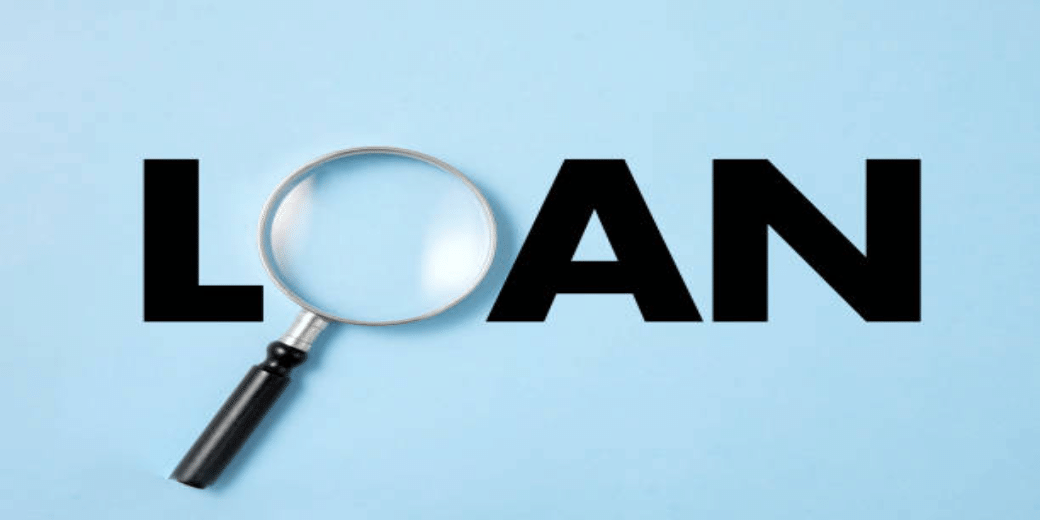SC order mounts pressure on personal guarantors of loans: IBBI chief
High-profile faces from India Inc are among the list of personal guarantors who are on the list

Being a personal guarantor of loans is not going to be a grey area where thousands of crores of rupees of debt would lie unresolved and guarantors would relax under the shade of the tree of ambiguity. The Insolvency & Bankruptcy Board of India (IBBI) has said that a Supreme Court order will go a long way in paving the path for recovery from personal guarantors.
High-profile faces from India Inc are among the list of personal guarantors who are on the list and they include the Bhushans of Bhushan Steel, Venugopal Dhoot of Videocon and Anil Ambani.
IBBI bosses are so confident of the apex court ruling beefing up their case that they have warned personal guarantors not dragging the litigations since that would eventually end up ramping up their liability. This is exactly what the bankruptcy board chairman Ravi Mittal has penned in a newsletter. “The judgment has cleared roadblocks for the insolvencies involving PGs, providing relief for lenders whose petitions for insolvency proceedings against PGs were getting stuck in various legal forums due to challenge of various provisions. This facilitates a more holistic resolution of the corporate debtor (company) and its PGs aligning with the IBC’s mandate for value maximisation,” Mittal wrote.
Explaining the procedure, Mittal said the outcome of “excessing litigation” was cases being delayed and it led to erosion of value of the company in question. And that inevitably amplified the burden on the personal guarantors.
Mittal cited the bankruptcy code and said the process for personal guarantors prioritises debt restructuring over outright bankruptcy, which is the last resort in case the repayment plan falters. In a message that could be read as one addressed to the personal guarantors, the IBBI chief wrote, “By cooperating in the process and submitting a repayment plan for approval by creditors, debtors can effectively discharge their debt liabilities instead of initiation of their bankruptcy process.”
Data from IBBC (further sourced from the National Company Law Tribunal and Debt Recovery Tribunal) presented by The Times of India show that the outstanding amount of debt locked up in insolvency resolution of personal between 2019-20 to 2022-23 stood at Rs 3,340 crore, Rs 40,119 crore, Rs 67,761 crore, Rs 47,826 crore.
At the end of December 2023, the number of insolvency applications stood at about 2,500. These involved a cumulative debt of more than Rs 1.7 lakh crore. Of these, 87 applications were withdrawn or rejected before the appointment of a resolution professional. Eventually, resolution professionals were appointed in 1,096 cases.
Eventually, following the enlisting of a resolution professional, 296 cases were admitted in NCLT. Out of these a mere 21 cases saw a repayment plan being approved and agreed upon, and the total money realised stood at only Rs 91 crore, which, in other words, works out to 5.2% of the claims.
IBBI data show litigations have, on average, continued for 724 days against a deadline of 270 days.
Download Money9 App for the latest updates on Personal Finance.
Related
- मैक्सिको के 50 फीसदी टैरिफ पर सरकार ने शुरू की बातचीत; जल्द समाधान की उम्मीद
- इंडो- US ट्रेड डील में पहले हट सकती है पेनाल्टी, रिपोर्ट में दावा
- रुपये ने फिर बनाया ऑल टाइम लो, जानें क्या है वजह
- बैंक कस्टमर के लिए बड़ी खबर, RBI हटाएगा ओवरलैप फीस,
- मैक्सिको ने अपनाई US जैसी पॉलिसी, 1400 से ज्यादा प्रोडक्ट लगाया भारी टैरिफ
- SpiceJet विंटर सीजन में जोड़ेगी 100 नई फ्लाइट्स! Indigo के कटे रूट्स का करेंगी भरपाई

